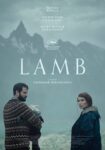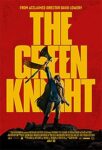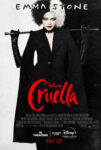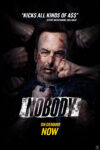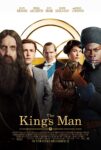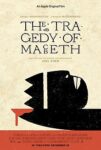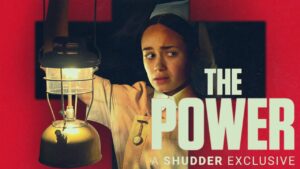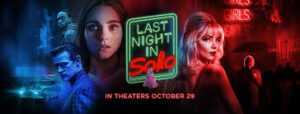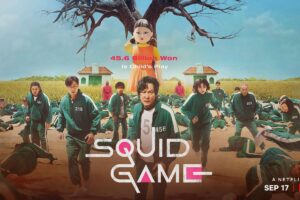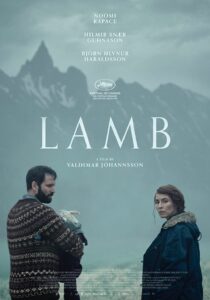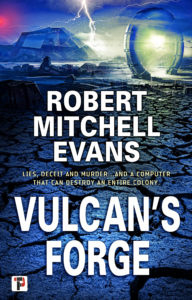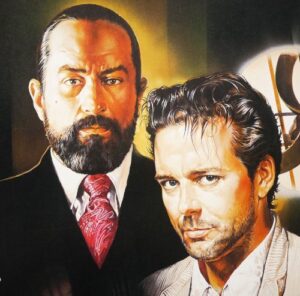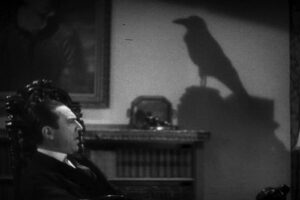On the first day of this year, 2022, I posted a ranking of the twenty films I watched in theaters during 2021.
What I found interesting looking at the listing is that the top three films, Dune, Nightmare Alley, and Last Night in Soho line up perfectly with my three favorite genres, Science-Fiction, Film Noir, and horror.
Of the three two have been favorite genres of mine since childhood. I cannot remember a time when I did not watch SF or horror movies. Bouncing around my head are fragments of films, most likely Hammer Horrors in full bloody color, from early childhood.
Film Noir I only discovered as an adult with my first introduction coming through Sid Foreman’s Introduction to Cinematography course at San Diego City College with my first viewing of The Maltese Falcon. Though honestly my true love of noir films didn’t really take off until Double Indemnity which remains in my mind a platonic ideal for the genre.
There were examples of the other genres in that listing, with superheroes movies sort of filling in for Science-Fiction but sadly nothing else that really nailed film noir like Nightmare Alley. There were other horrors, the strange and unique Lamb and the more conventional but still quite entertaining Last Night in Soho. I am simply pleased that each of my beloved genres scored in the top three slots for the year.







